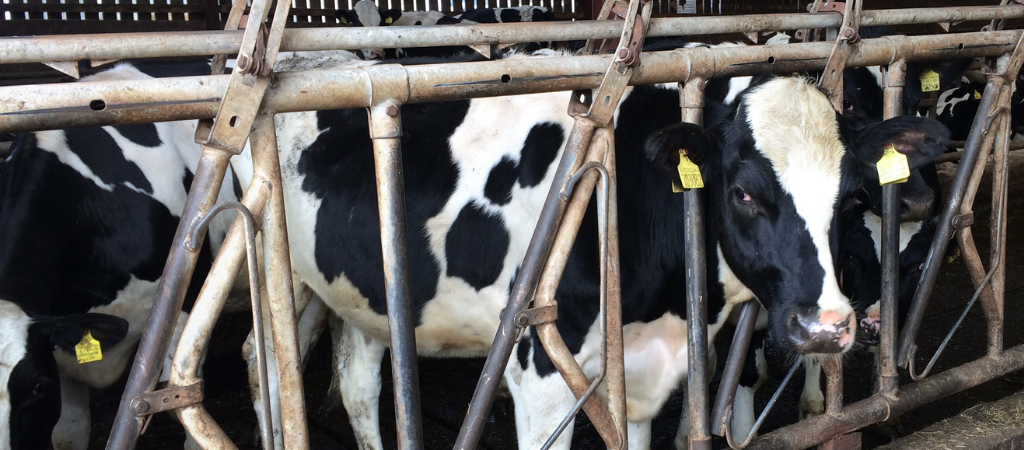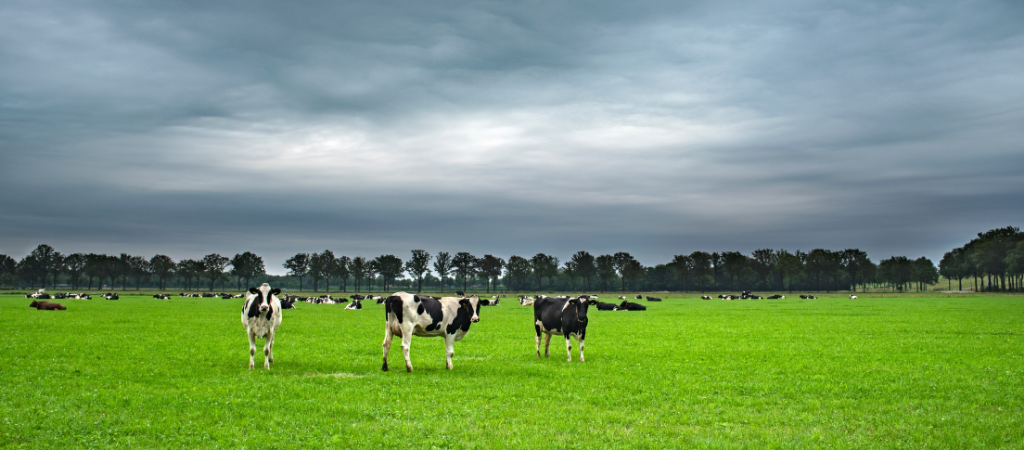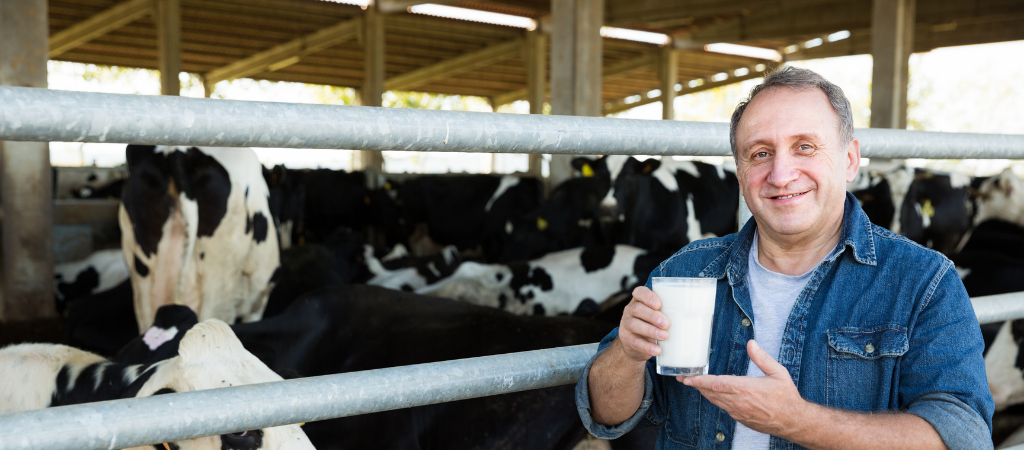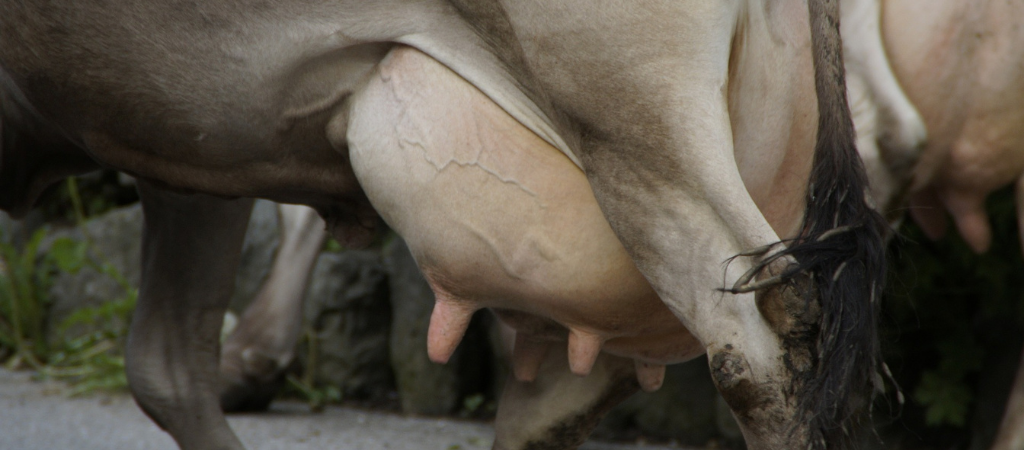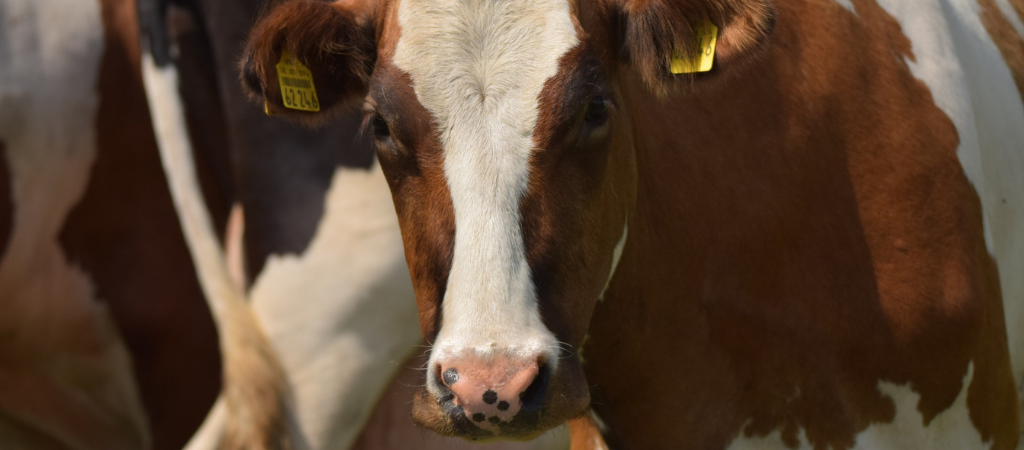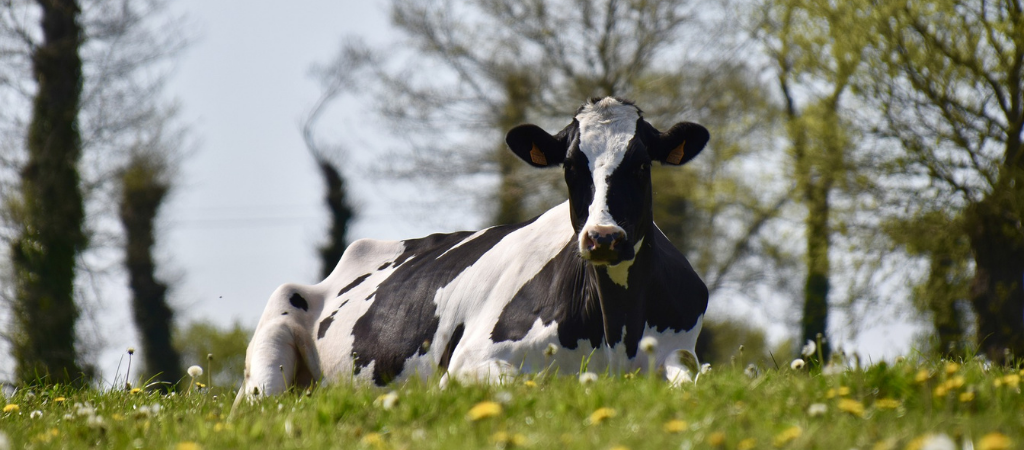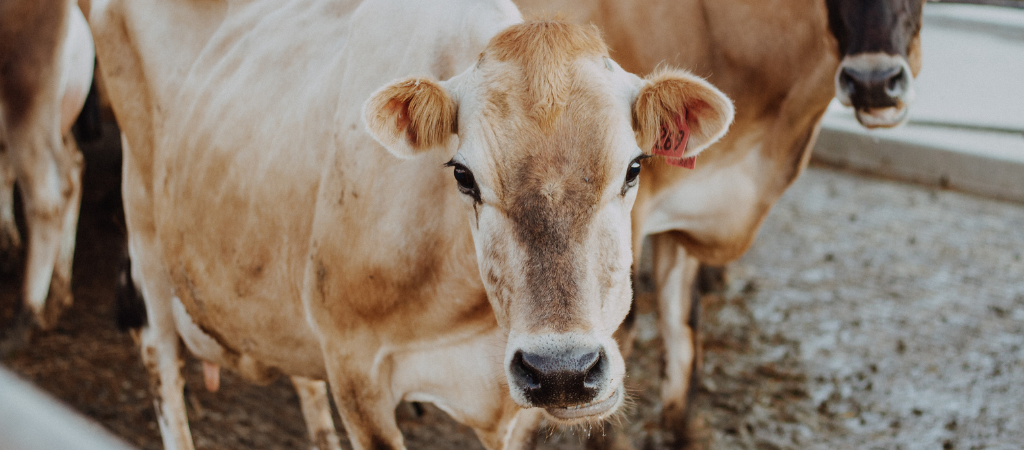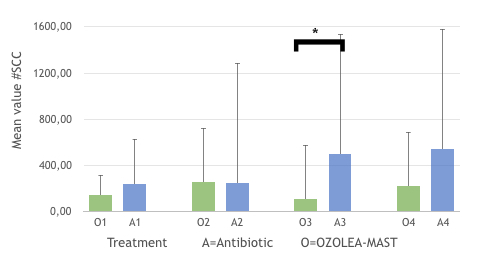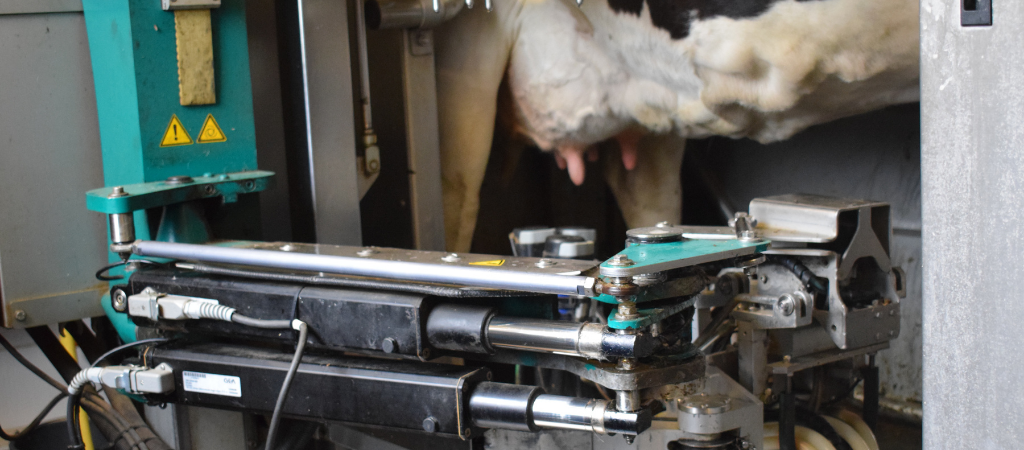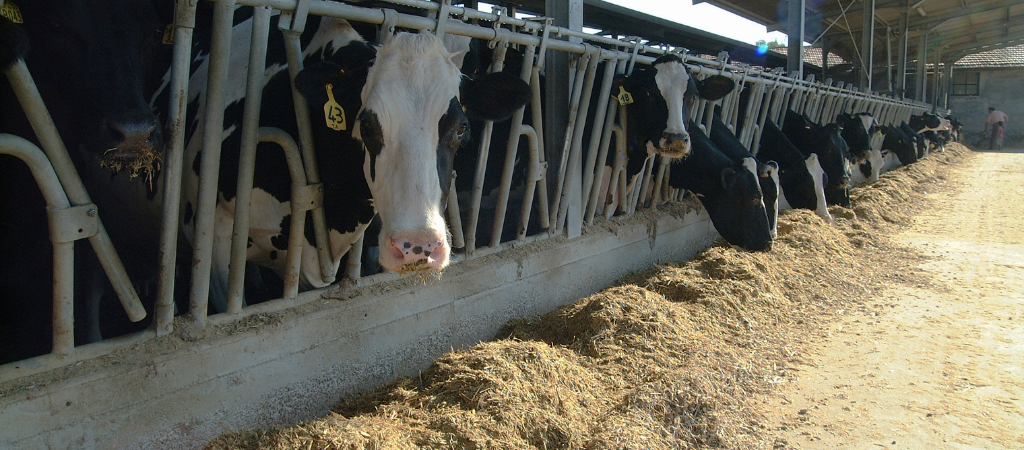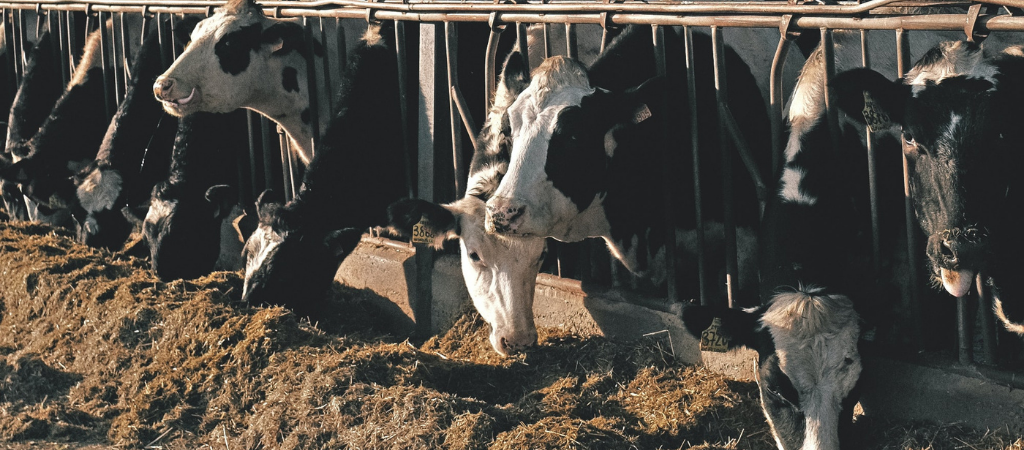Dairy cow longevity influences the economic performance of dairy farms and the environmental footprint of the milk industry. Moreover, it is closely linked to animal welfare: for this reason, the main goal on farms should be longer cow longevity is desirable, aiming at the achievement of dairy sustainability.
Cow longevity is the length of life of the cow determined by either culling decision made by the farmer or death of the animal. Farmers are influenced in the culling decision making process by economic aspects and the need of achieving expected production levels, along with regular reproductive activity and good health status.
Culling is voluntary when the fertile and healthy cow is removed from the herd due to low milk yields produced. Involuntary culling occurs for many reasons, among which we have infertility, udder health and leg issues.
In particular, chronically high somatic cell count1 levels and mastitis are two of the main causes of involuntary culling. However, through improved and efficient management, this issue, which also affects profitability and milk production, can be tackled.
Let’s have a look at some nice data from scientific literature on the impact of somatic cell count on involuntary culling – and, thus, on dairy cow longevity.
Caraviello and colleagues (2005)2 evaluated the impact of SCC on involuntary culling rates of US Holstein and Jersey cows with first calvings (data collected from 1990 to 2000). The authors found that, in the case of Holstein cows, the risk of culling was higher in animals with lactation average SCC levels > 700,000 cells/ml with respect to Holstein cows with SCC of 200,000 to 250,000 cells/mL in herds with low, medium, or high average somatic cell count levels.
In another work, Sewalem et al. (2006)3 assessed the level of SCC and explored the impact of somatic cell score (SCS) on the functional longevity (defined as the number of days from the first calving to removal from herds) of Canadian dairy cattle. The authors observed that, as the SCS increased beyond the average detected for the three breeds assessed (Holstein, Ayrshire, Jersey), the relative risk of culling increased noticeably.
How to reduce the impact of culling, particularly when involuntary, on longevity and boost milk production?
The key points are herd management and animal welfare: anything that will benefit cows in terms of animal health and welfare must be improved.
Dealing with chronically high somatic cell counts is hard work: OZOLEA considered this while developing OZOLEA-MAST, the non-pharmaceutical veterinary device for intra-mammary use in dairy cows, in lactation and at dry-off.
Before deciding to cull a cow due to chronically high somatic cell counts, a dairy farmer could give OZOLEA-MAST a try.
Depending on the causes leading to high SCCs, OZOLEA-MAST allows the mammary tissue to autonomously regenerate, thus improving udder functionality. The result of tissue regeneration is a reduction in epithelial flaking (flaking cells) and a better defensive action against pathogens. This is due to better performance of the improved tissue condition.
To support the efficacy of OZOLEA-MAST at its best, OZOLEA provides dairy farmers with the right protocol in this situation (Protocol M3 – Udder, lactation: chronically high somatic cell count). In this case, the SCC will not dramatically drop below the expected value.
Depending on the initial value, the SCC will gradually decrease over time. Thus, repeating the protocol twice would help further reduce SCC, while continuing shipping the milk.
OZOLEA-MAST was designed to be applied along with improved management practices for a prompt use: this is how it can help you reduce the occurrence of mastitis in your dairy herd, thus reducing culling rates.
1 Dealing with chronically high SCCs in dairy cows.
https://www.ozolea.it/dealing-with-chronically-high-sccs-in-dairy-cows/
2 D. Z. Caraviello, K. A. Weigel, G. E. Shook, P. L. Ruegg . Assessment of the Impact of Somatic Cell Count on Functional Longevity in Holstein and Jersey Cattle Using Survival Analysis Methodology. Journal of Dairy Science, Volume 88, Issue 2, February 2005, Pages 804-811
https://doi.org/10.3168/jds.S0022-0302(05)72745-4
3 A. Sewalem, F. Miglior, G. J. Kistemaker, B. J. Van Doormaal . Analysis of the Relationship Between Somatic Cell Score and Functional Longevity in Canadian Dairy Cattle. Journal of Dairy Science Volume 89, Issue 9, September 2006, Pages 3609-3614
https://doi.org/10.3168/jds.S0022-0302(06)72400-6
Dallago, G.M.; Wade, K.M.;Cue, R.I.; McClure, J.T.; Lacroix, R.;Pellerin, D.; Vasseur, E. Keeping Dairy Cows for Longer: A Critical Literature Review on Dairy Cow Longevity in High Milk Producing Countries. Animals 2021, 11, 808. DOI: https://doi.org/10.3390/ani11030808
Cover image: Ph. Veronica White, available here.

